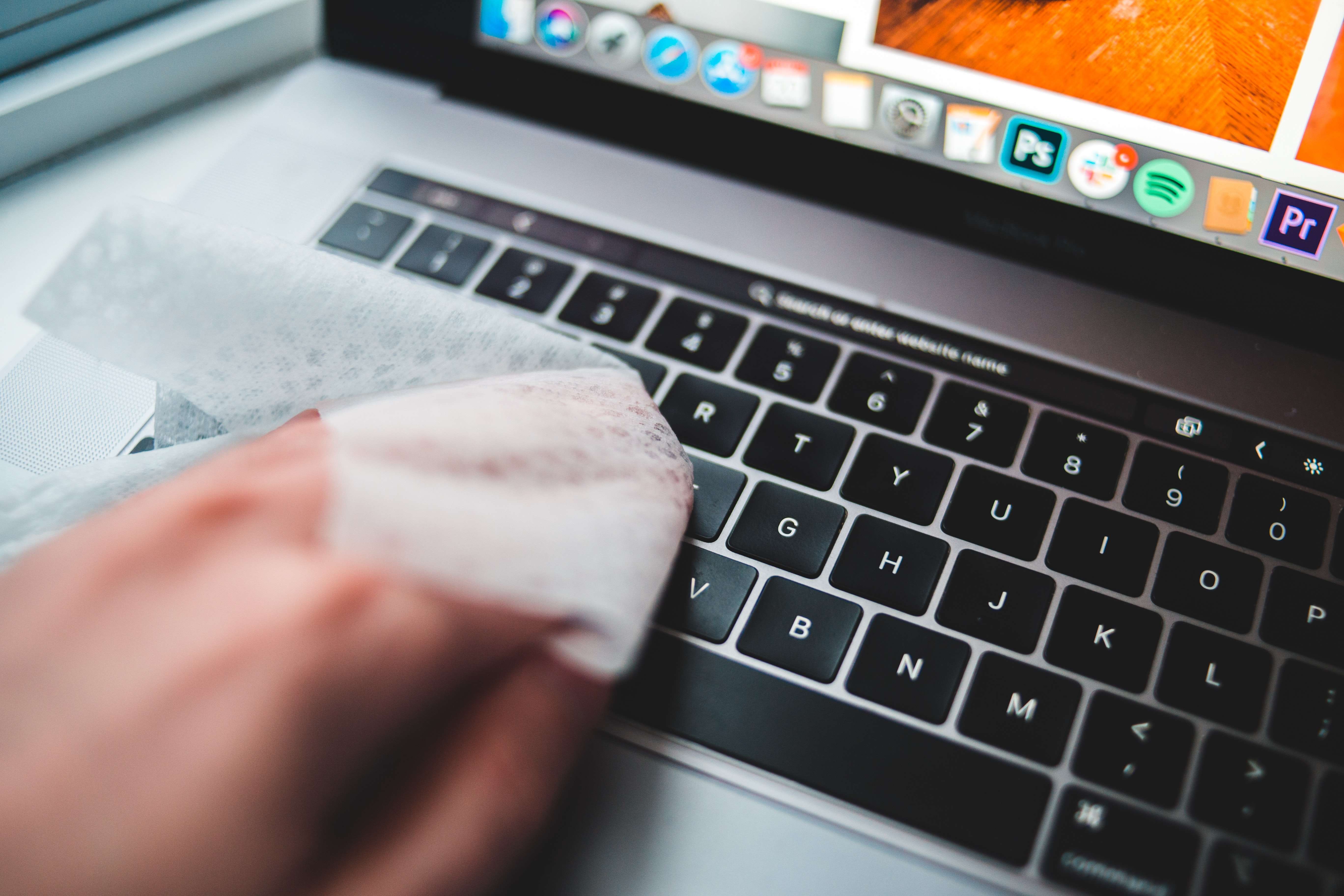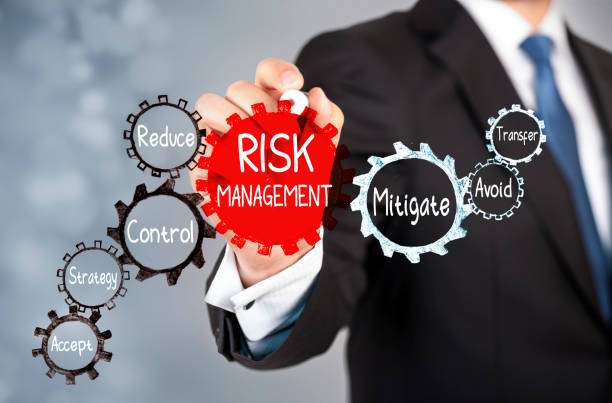 Image by Eric Mclean
Image by Eric Mclean
COVID-19: HOW EMPLOYERS CAN PREPARE THEIR WORK PLACES AFTER LOCK-DOWN
COVID-19 has significantly changed the face of Health and Safety in workplaces throughout South Africa. This invisible enemy will continue to lurk in our society and places of work for an extended period of time, maybe even indefinitely. The fact remains, we have to return to work.
There are talks about a phased-in approach upon returning to work in the foreseeable future. When and how this phased-in returning to work will happen is still not entirely certain. President Cyril Ramaphosa has, however, referred to this phased-in method to economic activity on several occasions. MAKROSAFE Holdings (Pty) Ltd are in a position to advise employers on the measures they need to put in place, as well as provide evidence of, in order to ensure a safe return to work and to safeguard and maintain a COVID-19-free workplace.
MAKROSAFE Holdings (Pty) Ltd believe that a phased-in approach to economic return will typically entail strict conditions imposed on employers by Government. These conditions will focus on creating, ensuring and maintaining a safe and risk-free work environment, as reflected in Section 8 of the Occupational Health and Safety Act 85 of 1993. The onus will be on the employer to provide information in the form of evidence and guarantees that will provide a safe and risk-free workplace.
So, the question remains - As a proactive and responsible employer, HOW do I create, guarantee and maintain a safe workplace in a COVID-19 risk environment?
MAKROSAFE Holdings (Pty) Ltd advise employers to prepare their working environments. This can be done by developing and implementing policies and procedures that relate specifically to the prevention and exposure of employees to COVID-19.
In general, this would entail the following:
- Develop and implement a COVID-19 policy and procedure. This policy and procedure should include reference to, and execution of, a company-wide COVID-19-focused hazard and risk assessment. This hazard and risk assessment will form the basis for all other policies and procedures discussed in this article. In addition to the hazard and risk assessment, this policy should provide clarity on the specific roles and responsibilities of the employer, health and safety personnel/representatives and employees. Address steps to control disease and manage illness in the workplace. The authorities and employees have to believe, through implementation of this policy, that all the hazards and risks will be addressed when they return to work. Therefore, it is crucial for the employer to link compensation for injuries on duty, as well permitted and non-permitted behaviour, in terms of the management and containment of COVID-19.
- Development and implementation of a COVID-19-specific PPE (Personal Protective Equipment) application policy and procedure. The purpose of such a policy and procedure is not to place additional requirements on employees, but to ensure application of current use of PPE in a COVID-19 environment. Employees have to understand that PPE is the last step in a hierarchy of controls that are implemented by the employer after elimination or substitution, engineering controls, and administrative controls. It is crucial to include training on the use of PPE in order to maximise protection of the user. An employer should ideally focus attention of the use of PPE when, for example, dealing with customers, other employees or when making use of public or private transport.
- Put a policy and relevant procedures in place for the testing/screening of employees for COVID-19. Employers have to implement a process of daily screening and/or testing of employees for possible COVID-19 infection, based on guidelines published by the Department of Health. By implementing structured and focused daily testing and screening, the focus is on identifying areas of concern quickly, effectively and efficiently. The ideal policy and procedure relating to daily screening and testing will include, amongst others, guidelines on the specific testing or screening protocol, check sheets and scenario management.
- Developing and implementing a ‘work-from-home’ policy and procedure. In a post-lockdown world of work, the ideal would be to minimise the amount of employees in the workplace. One way to reduce employee numbers is to analyse each job for the possibility of including the employee in a ‘work-from-home’ scenario. The analysis should identify jobs that can be done from home and the identification of ‘at-risk’ employees. It is important to include at-risk employees, for example, workers who are above the age of 60 and workers with additional health conditions. These employees carry an increased risk of infection for themselves, and as a result of infection, other co-workers. There are many things to consider in a ‘work-from-home’ policy and procedure. Some of the most important aspects to consider and include, but not limited to, is for example work time-frames, health and safety when working from home, confidentiality and security, compensation and benefits, discipline and other HR-related matters, communication, tools and equipment (supply and maintenance), and hazard and risk assessment.
- Development of a ‘workplace readiness after lockdown’ policy and procedure. This policy and procedure should include all relevant aspects to be present in the workplace to guarantee and maintain return of employees and to maintain safety in their places of work. Both employers and employees have a role to play in ensuring a safe work environment. In light of this, a policy of this nature would include a large variety of proactive, preventative measures. These aspects will include, but not limited to, getting the workplace ready for employees return, preventing and minimising the spread of COVID-19 in the workplace, managing COVID-19 hazards and risks when organising meetings and events, travelling considerations and logistics, physical distancing, hygiene management, employee consultation, training, education and communication, and hazard and risk analysis. The purpose of this policy and procedure is to provide both short-and-long-term guidance and guarantee on the management of COVID-19 in the workplace. An employer has to communicate its commitment to its employees and employees have to know exactly what they have to do in order to support the employer in securing the workplace from the spread of infection.
The best way to assemble the relevant COVID-19 policies and procedures, for dissemination in the workplace, is to develop a COVID-19 policies-procedures-and-practices manual, and to include all the relevant aspects in it. It simplifies the management and communication thereof.
MAKROSAFE Holdings (Pty) Ltd wishes all employers a safe return to work and a COVID-19-free workplace. For more information, guidance or support, please contact MAKROSAFE Holdings (Pty) LTD on 0861444 777.

Comments (2)
COVID-19 Workplace Readiness Health and Safety KIT is available at MAKROSAFE. JJoin SafetyWallet and get your Kit FREE of charge
2020-04-23 19:17:02How do I get hold of the policies and documents mentioned in this article
2020-05-20 00:35:58